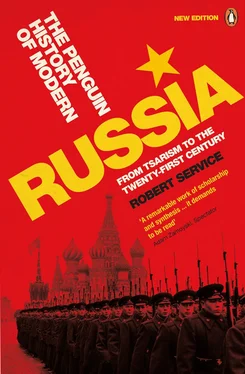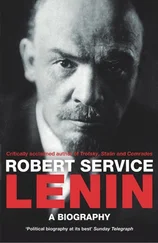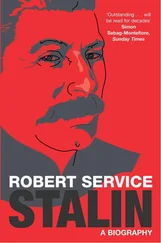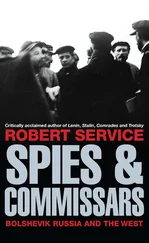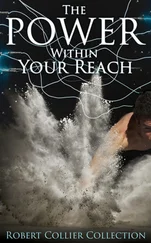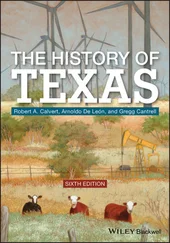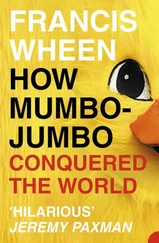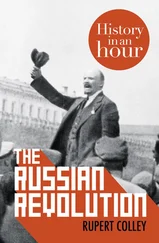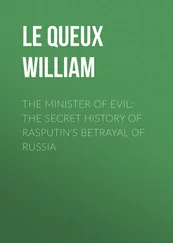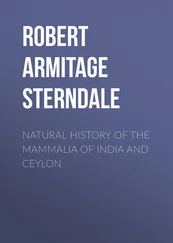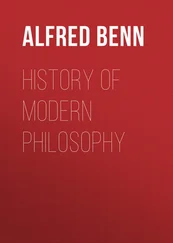René Fülöp-Miller’s rejoinder was that all this underestimated the cultural effervescence after the October Revolution. 7But Nikolai Trubetskoi, who fled Russia after the communist seizure of power, offered yet another interpretation. He stressed that Russian history had always followed a path which was neither ‘European’ nor ‘Asian’ but a mixture of the two. From such ideas came the so-called Eurasianist school of thought. Trubetskoi and his fellow thinkers regarded a strong ruler and a centralized administrative order as vital to the country’s well-being. They suggested that several basic features of Soviet life — the clan-like groups in politics, the pitiless suppression of opposition and the culture of unthinking obedience — were simply a continuation of ages-old tradition. 8Nikolai Ustryalov, a conservative émigré, concurred that the communists were not as revolutionary as they seemed, and he celebrated Lenin’s re-establishment of a unitary state in the former Russian Empire. He and fellow analysts at the ‘Change of Landmarks’ journal insisted that communism in power was not merely traditionalism with a new red neckscarf. Ustryalov regarded the communists as essentially the economic modernizers needed by society. He predicted that the interests of Russia as a great power would mean steadily more to them than the tenets of their Marxism. 9
After the Second World War the Eurasianism of Trubetskoi underwent further development by Lev Gumilëv, who praised the Mongol contribution to Russian political and cultural achievements. 10E. H. Carr and Barrington Moore in the 1950s steered clear of any such idea and instead resumed and strengthened Ustryalov’s stress on state-building. They depicted Lenin and Stalin first and foremost as authoritarian modernizers. While not expressly condoning state terror, Carr and Moore treated communist rule as the sole effective modality for Russia to compete with the economy and culture of the West. 11
This strand of interpretation appeared downright insipid to Franz Neumann, who in the late 1930s categorized the USSR as a ‘totalitarian’ order. Merle Fainsod and Leonard Schapiro picked up this concept after the Second World War. 12They suggested that the USSR and Nazi Germany had invented a form of state order wherein all power was exercised at the political centre and the governing group monopolized control over the means of coercion and public communication and intervened deeply in the economy. Such an order retained a willingness to use force against its citizens as a normal method of rule. Writers of this persuasion contended that the outcome was the total subjection of the entire society to the demands of the supreme ruling group. Individual citizens were completely defenceless. The ruling group, accordingly, had made itself invulnerable to reactions in the broader state and society. In Stalin’s USSR and Hitler’s Germany such a group was dominated by its dictator. But the system could be totalitarian even if a single dictator was lacking. Fainsod and Schapiro insisted that the main aspects of the Soviet order remained intact after Stalin’s death in 1953.
Viewing things from a somewhat different angle, the Yugoslav former communist Milovan Djilas suggested that a new class had come into existence with its own interests and authority. Accordingly the USSR, far from moving towards a classless condition, had administrative elites capable of passing on their privileges from generation to generation. 13While not repudiating Djilas’s analysis, Daniel Bell argued that trends in contemporary industrial society were already pushing the Soviet leadership into slackening its authoritarianism — and Bell noted that Western capitalist societies were adopting many measures of state economic regulation and welfare provision favoured in the USSR. In this fashion, it was said, a convergence of Soviet and Western types of society was occurring. 14
There was a grain of validity in the official Soviet claim that advances were made in popular welfare, even though several of them failed to take place until many decades after 1917. Yet Martov and others possessed greater weight through their counter-claim that Lenin distorted socialist ideas and introduced policies that ruined the lives of millions of people; and, as Solzhenitsyn later emphasized, many features of Soviet ideology originated outside Russia. Berdyaev for his part was convincing in his suggestion that the USSR reproduced pre-revolutionary ideological and social traditions. Trubetskoi was justified in pointing to the impact of Russia’s long encounter with Asia. So, too, was Ustryalov in asserting that the policies of communist leaders were increasingly motivated by considerations of the interests of the USSR as a Great Power. As Carr and Moore insisted, these leaders were also authoritarian modernizers. There was plausibility, too, in Djilas’s case that the Soviet administrative élites were turning into a distinct social class in the USSR; and Bell’s point was persuasive that modern industrial society was producing social and economic pressures which could not entirely be dispelled by the Kremlin leadership. And Fainsod and Schapiro were overwhelmingly right to underline the unprecedented oppressiveness of the Soviet order in its struggle for complete control of state and society.
This book incorporates the chief insights from the diverse interpretations; but one interpretation — the totalitarianist one — seems to me to take the measure of the USSR better than the others. There are difficulties with totalitarianism as an analytical model. A comparison of Stalin’s USSR and Hitler’s Germany reveals differences as well as similarities. In Nazi Germany many traditions of a civil society survived. The economy remained largely a capitalist one and state ownership was never dominant. The churches continued to function; priests were arrested only if they criticized Nazism. Private associations and clubs were allowed to survive so long as they offered no direct challenge to Hitler’s government. The contrast with the Soviet Union was that Hitler could count on support or at least acquiescence from most of Germany’s inhabitants, whereas Stalin had reason to distrust a dangerously large number of those over whom he ruled. State terror was a dominant presence in both the USSR and the Third Reich. But whereas most German families lived lives undisrupted by Nazism in many ways until the middle of the Second World War, Russians and other peoples of the Soviet Union were subjected to an attack on their values and aspirations. Hitler was a totalitarianist and so was Stalin. One had a much harder job than the other in regimenting his citizens.
The USSR for most years of its existence contained few features of a civil society, market economics, open religious observance or private clubs. This was true not only in the 1930s and 1940s but also, to a very large extent, in subsequent decades. 15The Soviet compound was unrivalled, outside the communist world, in the scope of its practical intrusiveness. The ingredients included a one-party state, dictatorship, administrative hyper-centralism, a state-dominated economy, restricted national self-expression, legal nihilism and a monopolistic ideology. Central power was exercised with sustained callousness. It penetrated and dominated politics, economics, administration and culture; it assaulted religion; it inhibited the expression of nationhood. Such ingredients were stronger in some phases than in others. But even during the 1920s and 1970s, when the compound was at its weakest, communist rulers were deeply intrusive and repressive. What is more, the compound was patented by communism in the USSR and reproduced after the Second World War in Eastern Europe, China and eventually in Cuba and countries in Africa.
Unfortunately most works categorizing the USSR as totalitarian contained gross exaggerations. The concept worked best when applied to politics. Nevertheless the Soviet leadership never totally controlled its own state — and the state never totally controlled society. From the 1970s several writers in Western Europe and the USA complained that current writings were focused on Kremlin politicians and their policies to the neglect of lower administrative levels, of ‘the localities’ and of broad social groups. ‘History from below’ was offered as a corrective. This revisionism, as it became known, started up fitfully in the 1950s when David Granick and Joseph Berliner studied the Soviet industrial managers of the post-war period; 16and it raced forward in the 1970s. Ronald Suny investigated the south Caucasus in 1917–1918. 17The present author examined local party committees under the early Soviet regime. 18Diane Koenker and Steve Smith chronicled workers in the October Revolution. 19Francesco Benvenuti looked at the political leadership of the Red Army, Orlando Figes looked at peasants in the Civil War and Richard Stites highlighted experimental and utopian trends throughout society. 20The 1930s, too, were scrutinized. R. W. Davies examined the dilemmas of policy-makers in Stalin’s Kremlin; Moshe Lewin pointed to the turbulent conditions which brought chaos to state administration. 21Francesco Benvenuti, Donald Filtzer and Lewis Siegelbaum researched the industrial labour force before the Second World War. 22An unknown USSR was hauled into the daylight as the chronic difficulties of governing the USSR were disclosed.
Читать дальше
